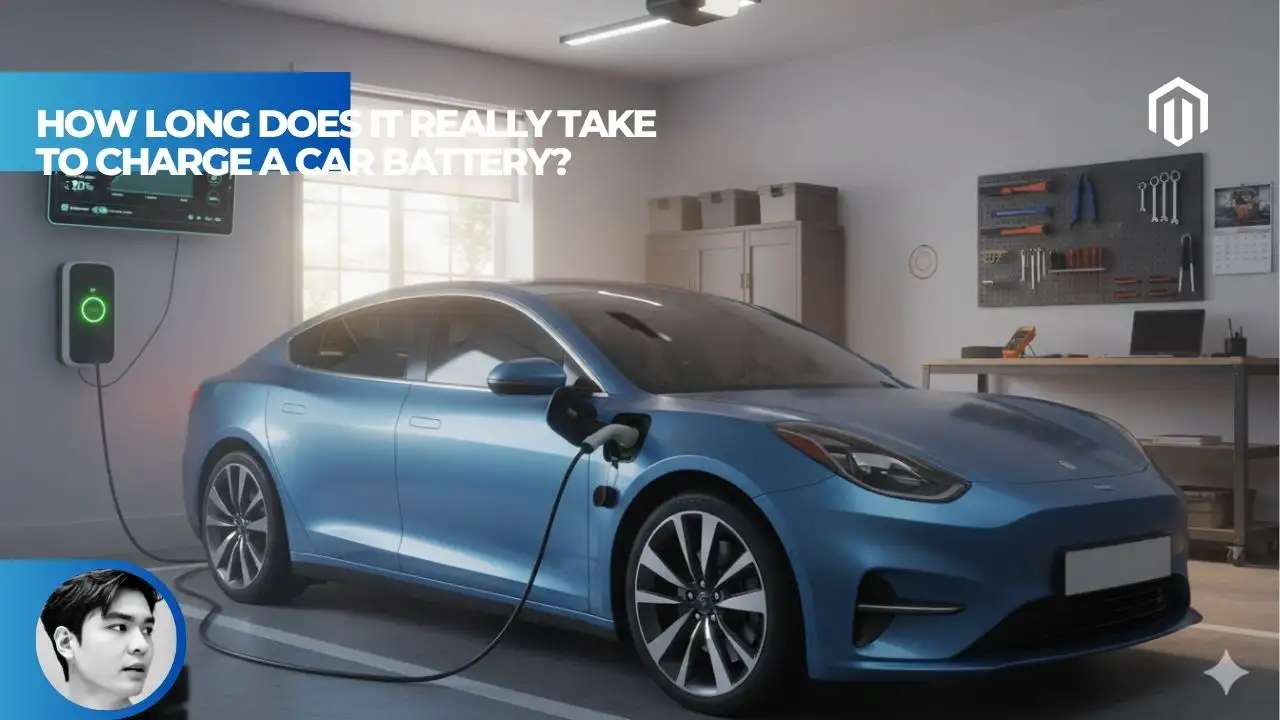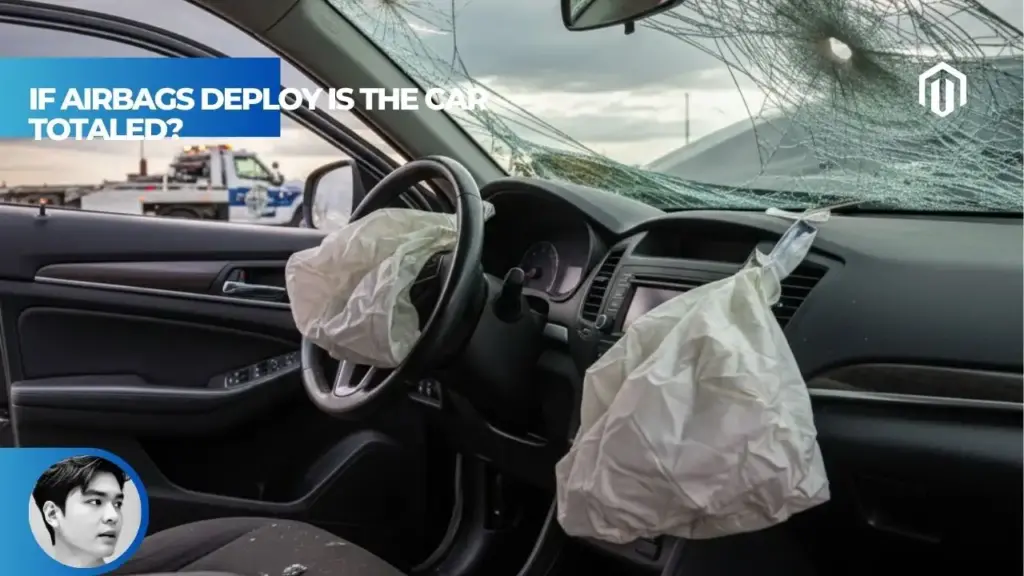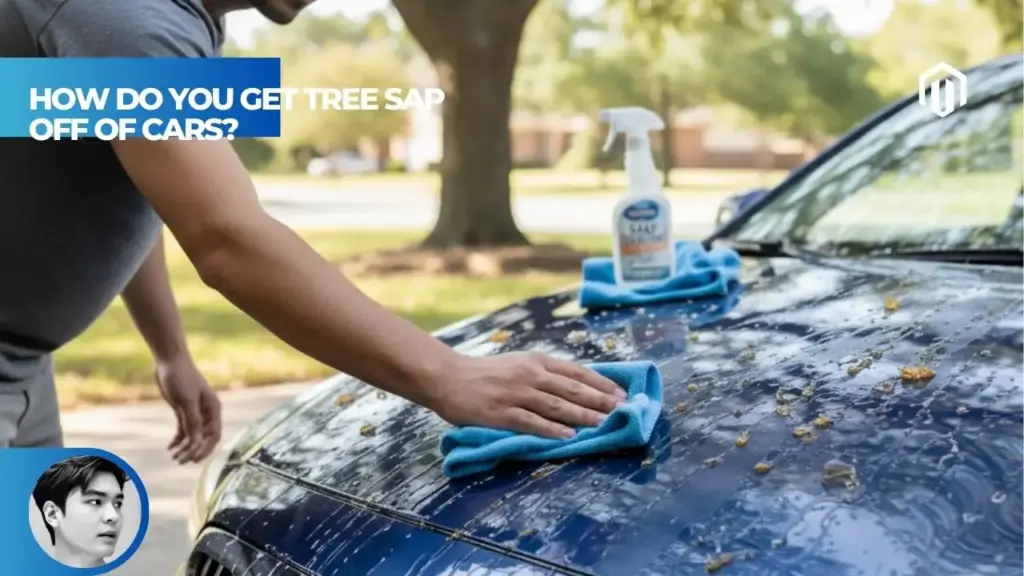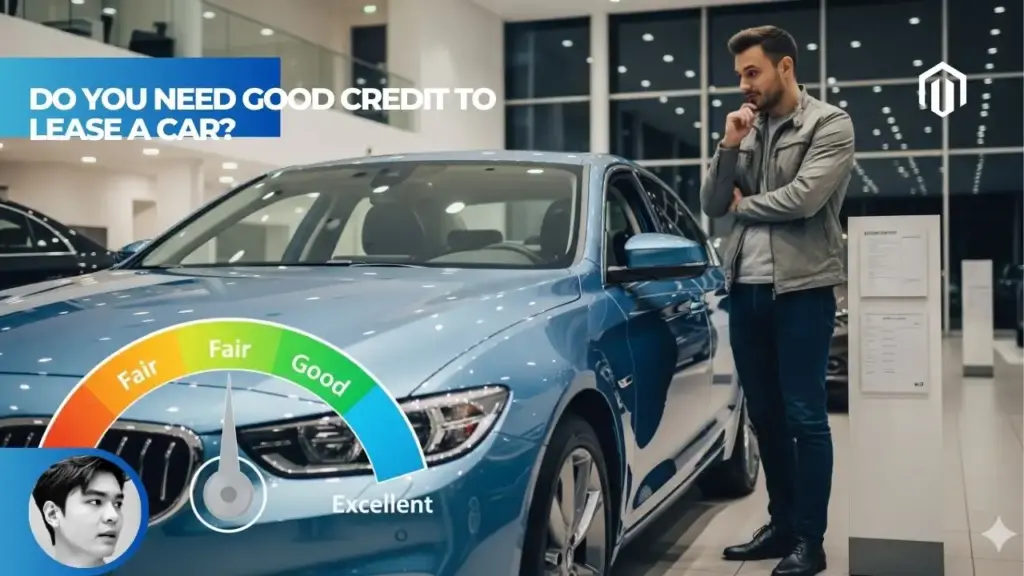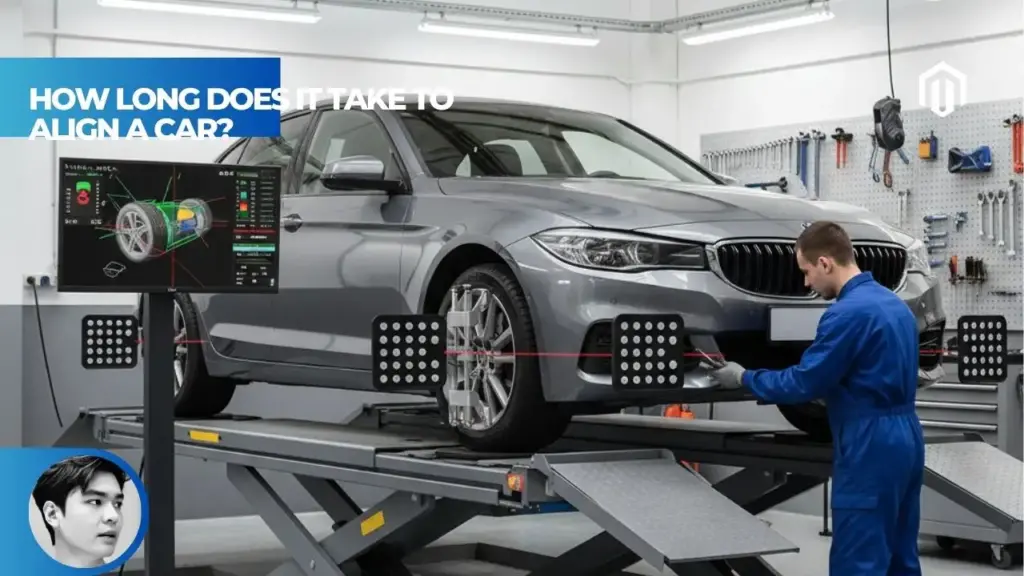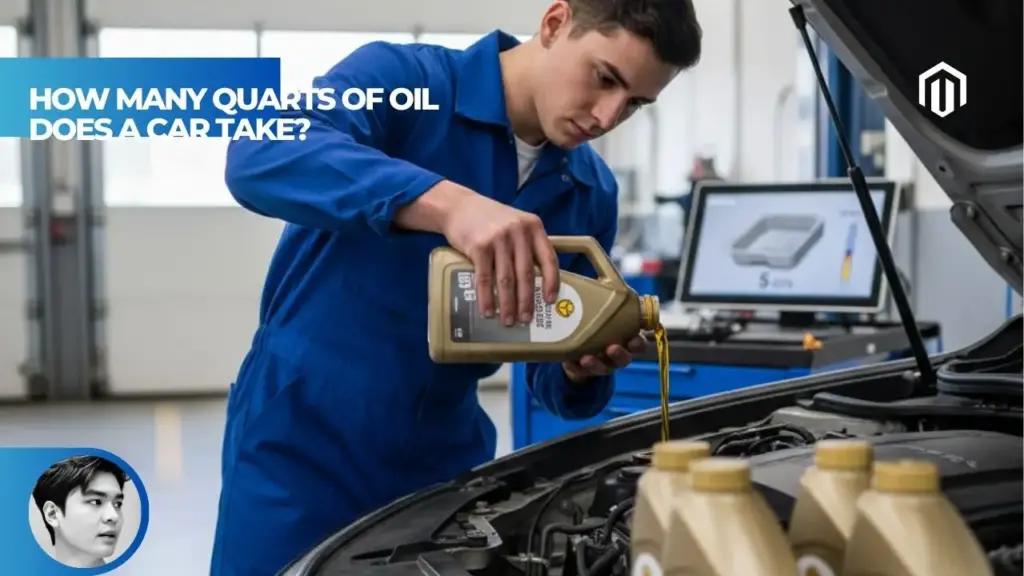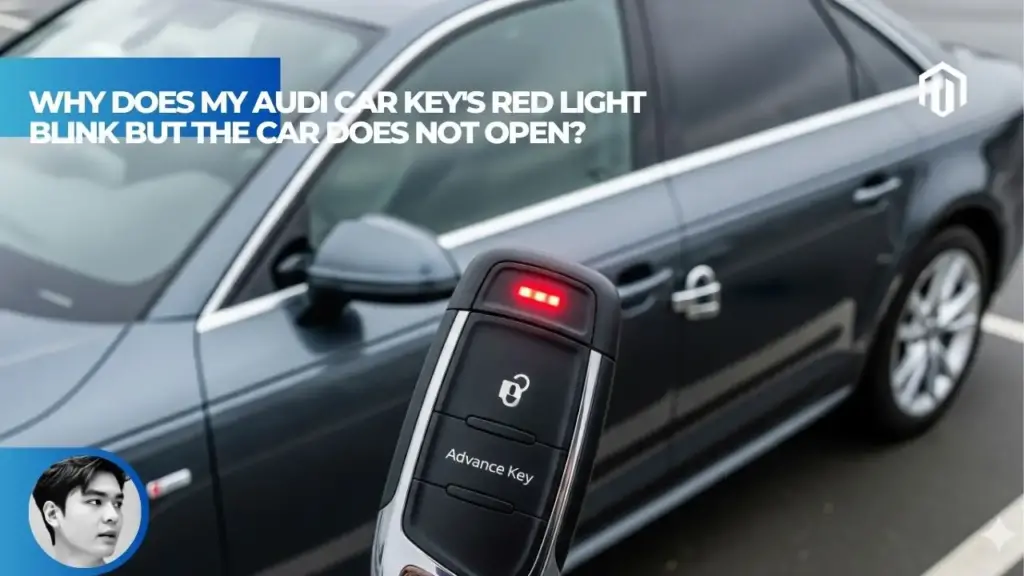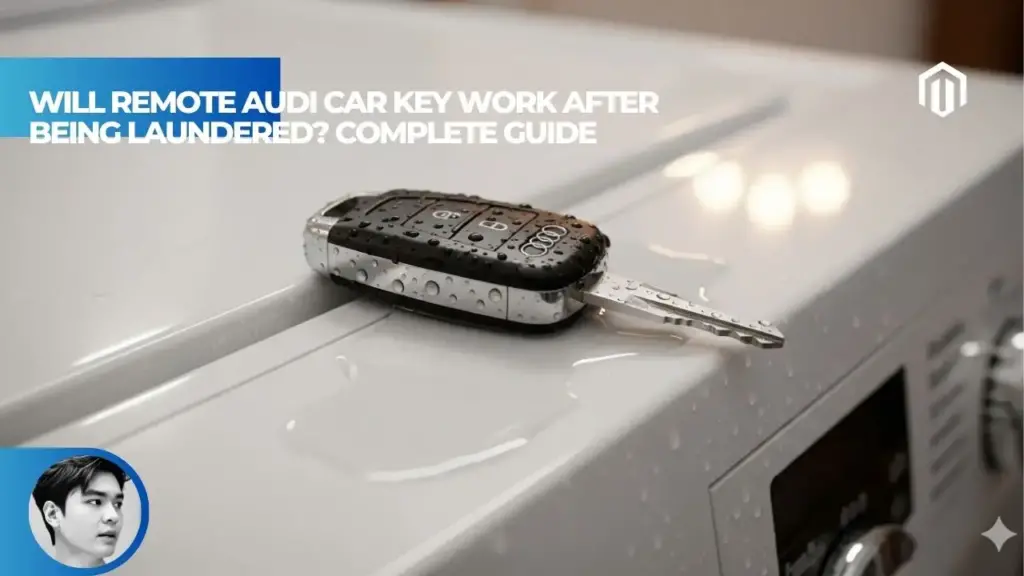You may also like:
- 【Explained】How Long Does It Take to Replace a Car Battery? (A Full Breakdown)
- 【Review】Top 7 Best EV Chargers (A Full Buyer’s Guide 2025)
- 【Guide】Audi Electrify America Free Charging: (A Full Guide)
- 【Explained】Why Does My Audi Car Key’s Red Light Blink But the Car Does Not Open? (5 Fixes)
- 【Explained】How Long Can a Car Sit Without Being Driven? The Dangers of Inactivity
A standard car battery takes 4-6 hours to charge from 50% to full using a 10-amp charger, while a completely dead battery requires 24-48 hours with a 2-amp trickle charger or 2-3 hours with a risky 20-amp fast charge[1]. Driving at highway speeds charges a battery in 4-8 hours, though it rarely reaches 100% because the alternator primarily powers vehicle electronics rather than dedicated charging[2].
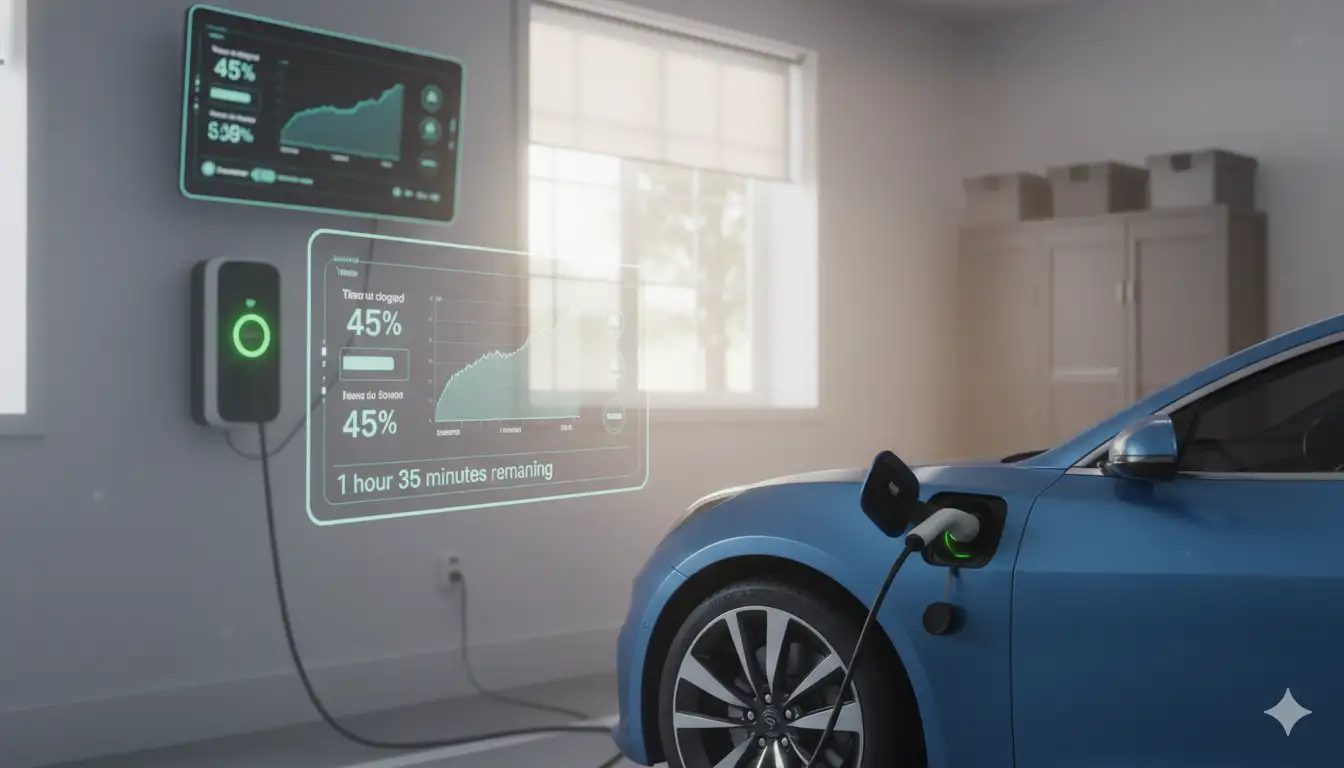
Understanding Charging Times by Amperage
The relationship between charging amperage and time follows a simple formula: divide your battery’s amp-hour capacity by the charger’s amperage rating[3]. A typical 50Ah car battery charged at different rates produces dramatically different timelines:
| Charger Type | Amperage | Time (Dead Battery) | Time (50% Charge) | Best Use Case |
|---|---|---|---|---|
| Trickle Charger | 2 amps | 25-30 hours | 12-15 hours | Long-term maintenance |
| Standard Charger | 6 amps | 8-10 hours | 4-5 hours | Overnight charging |
| Medium Charger | 10 amps | 5-6 hours | 2.5-3 hours | Daily use |
| Fast Charger | 20 amps | 2.5-3 hours | 1.25-1.5 hours | Emergency only |
| Jump Start Mode | 40+ amps | 30-60 minutes | 15-30 minutes | Immediate start only |
These times assume ideal conditions. Real-world charging takes 15-20% longer due to inefficiencies, temperature effects, and the battery’s natural resistance increasing as it approaches full charge[3].
The Science Behind Battery Charging Stages
Bulk Charging Phase (0-80%)
During bulk charging, the charger delivers constant current at its maximum rated amperage[5]. For a 12V battery, voltage climbs from around 10.5V (dead) to 14.2-14.7V depending on battery type[5]. This phase restores 80% of capacity in approximately 60% of total charging time. The battery accepts current readily, making this the most efficient charging stage.
Absorption Phase (80-95%)
Once the battery reaches 80% charge, internal resistance increases significantly[5]. The charger maintains constant voltage (14.2-14.7V) while current gradually decreases[5]. This phase takes disproportionately longer – the final 15% of capacity requires nearly as much time as the initial 80%. Rushing this phase through high-amperage charging causes plate sulfation and permanent capacity loss.
Float/Maintenance Phase (95-100%)
Smart chargers switch to float mode at 13.2-13.8V, delivering minimal current to counteract self-discharge[6]. This prevents overcharging while maintaining full capacity indefinitely. Traditional chargers lacking this feature risk battery damage if left connected beyond full charge.
Charging While Driving: Reality vs. Myth
The widely believed notion that “30 minutes of driving fully charges your battery” is dangerously misleading[2]. Your alternator produces 13.5-14.5 volts and typically outputs 60-150 amps, but most of this power runs your vehicle’s systems – lights, computer modules, climate control – leaving only 20-50 amps for battery charging[7].
At highway speeds (2000+ RPM), the alternator operates at peak efficiency, potentially delivering 30-50 amps to the battery after powering accessories[2]. This charges a depleted 50Ah battery in 4-8 hours of continuous highway driving. City driving with frequent stops and idling barely maintains charge, let alone replenishes a dead battery[7].
Understanding alternator limitations explains why jump-starting followed by short drives often results in repeated dead batteries.
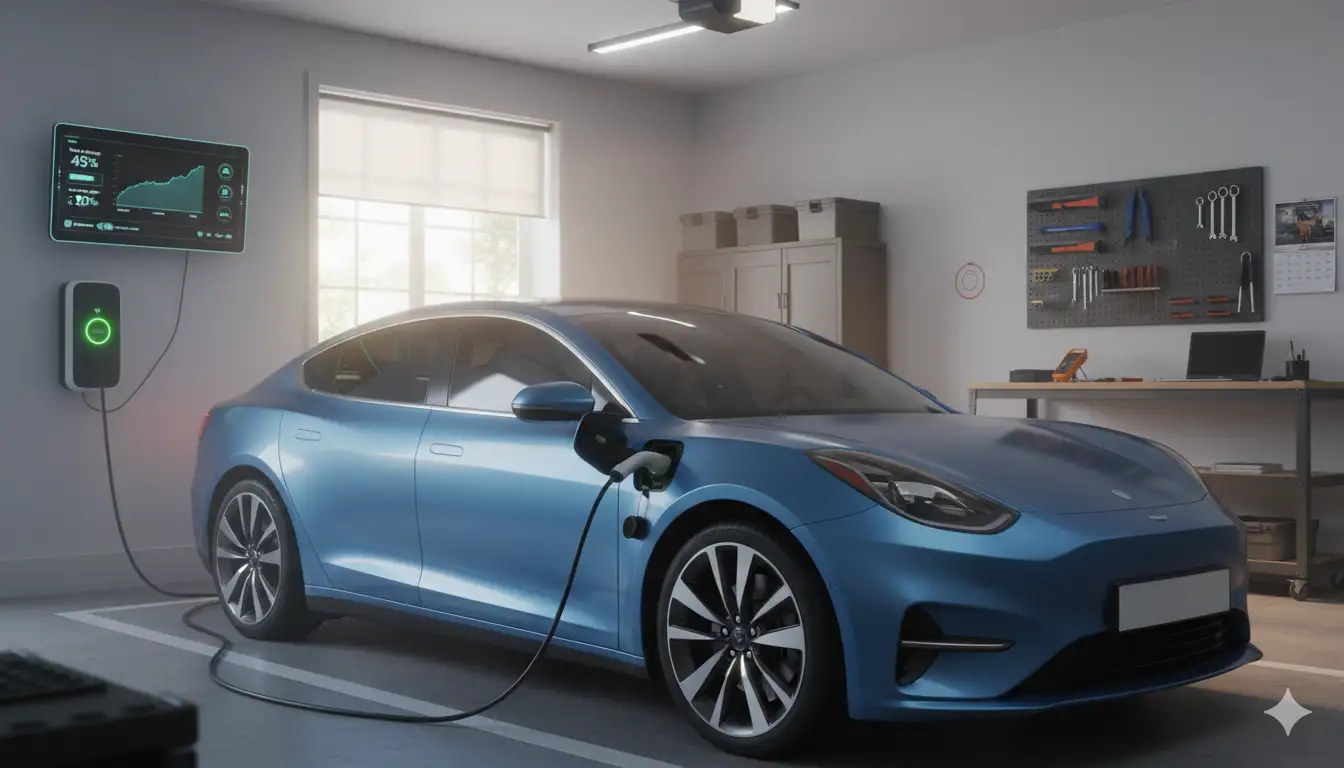
Smart Chargers vs. Traditional Chargers
Smart/Automatic Chargers
Modern smart chargers revolutionize battery maintenance through microprocessor-controlled charging[4]. They automatically detect battery voltage, adjust amperage based on charge state, and switch to maintenance mode when complete[4]. Advanced models include desulfation modes that pulse high-frequency signals to break down lead sulfate crystals, potentially recovering batteries traditional chargers can’t charge.
Temperature compensation adjusts charging voltage based on ambient conditions – critical since cold batteries require higher voltage while hot batteries need less to prevent damage[3]. Cold weather charging challenges make this feature particularly valuable in extreme climates.
Manual/Traditional Chargers
Basic chargers deliver constant amperage regardless of battery state, requiring manual monitoring to prevent overcharging[8]. While cheaper ($30-$50 versus $75-$200 for smart chargers), they risk battery damage through overcharging, which causes water loss, plate warping, and potential thermal runaway[8]. Manual chargers work adequately for occasional use but shouldn’t be left unattended beyond calculated charging times.
Battery Type Impacts on Charging
Standard Flooded Lead-Acid
Traditional flooded batteries tolerate aggressive charging better than newer technologies, accepting 14.2-14.4V during bulk charging[5]. They can handle occasional fast charging at 20+ amps, though repeated high-amperage charging shortens lifespan from the typical 3-5 years to 1-2 years[9]. These batteries require periodic water addition if overcharged, as electrolysis converts water to hydrogen and oxygen gases.
AGM (Absorbent Glass Mat)
AGM batteries require precise charging parameters – 14.7V bulk charge and 13.8V float – making smart chargers essential[5]. They charge 5 times faster than flooded batteries due to lower internal resistance but suffer permanent damage from overcharging[5]. AGM-specific chargers prevent the higher voltages that cause thermal runaway, where internal temperature rises uncontrollably.
Gel Cell Batteries
Gel batteries demand the gentlest charging approach, with maximum voltage limited to 14.1V[5]. Exceeding this threshold causes permanent gel separation, creating voids that reduce capacity. They charge 30% slower than AGM batteries but excel in deep-cycle applications where slow, controlled charging is standard practice.
Safety Considerations and Risks
Overcharging Dangers
Overcharging generates excessive heat, potentially reaching 125°F internally, which warps plates and boils electrolyte[9]. This produces hydrogen gas – highly explosive in concentrations above 4%[10]. In extreme cases, thermal runaway causes battery cases to melt or explode, spraying acid up to 20 feet. Modern smart chargers eliminate this risk through automatic shutoff, but manual chargers require vigilant monitoring.
Proper Ventilation Requirements
Charging produces hydrogen gas even under normal conditions, requiring adequate ventilation to prevent accumulation[10]. Never charge batteries in enclosed spaces like closets or sealed garages without exhaust fans. Position chargers at least 18 inches from batteries to minimize spark risk, as hydrogen is lighter than air and accumulates near the battery top.
Temperature Effects
Cold temperatures dramatically impact charging efficiency. At 32°F, batteries accept only 65% of normal charging current, extending charge times by 35-50%[3]. Below 0°F, electrolyte can freeze in discharged batteries, causing permanent damage. Conversely, temperatures above 90°F accelerate chemical reactions, requiring voltage reduction to prevent overcharging.
Cost-Effective Charging Strategies
Electricity costs for battery charging remain minimal – typically $0.50-$1.50 for a complete charge based on average U.S. rates of $0.13/kWh[1]. The real expense comes from premature battery replacement due to improper charging. A $150 battery lasting 5 years with proper maintenance costs $30 annually, while aggressive fast-charging reducing lifespan to 2 years costs $75 annually.
Investing in a quality smart charger ($100-$150) pays for itself by extending battery life and preventing the inconvenience of unexpected failures[4]. Understanding battery longevity helps maximize this investment through proper maintenance practices.
Emergency vs. Maintenance Charging
Emergency situations sometimes demand fast charging despite risks. If stranded, a 20-amp charge for 1 hour provides enough power for several start attempts[1]. However, this should be followed by proper slow charging to prevent permanent damage. Repeated emergency charging reduces battery capacity by 20-30% annually.
Maintenance charging with 2-amp trickle chargers or battery tenders keeps stored vehicles ready for use[6]. These devices maintain 13.2-13.6V indefinitely without overcharging risk, ideal for seasonal vehicles, classics, or backup generators. Monthly maintenance charging extends battery life by preventing sulfation during periods of inactivity.
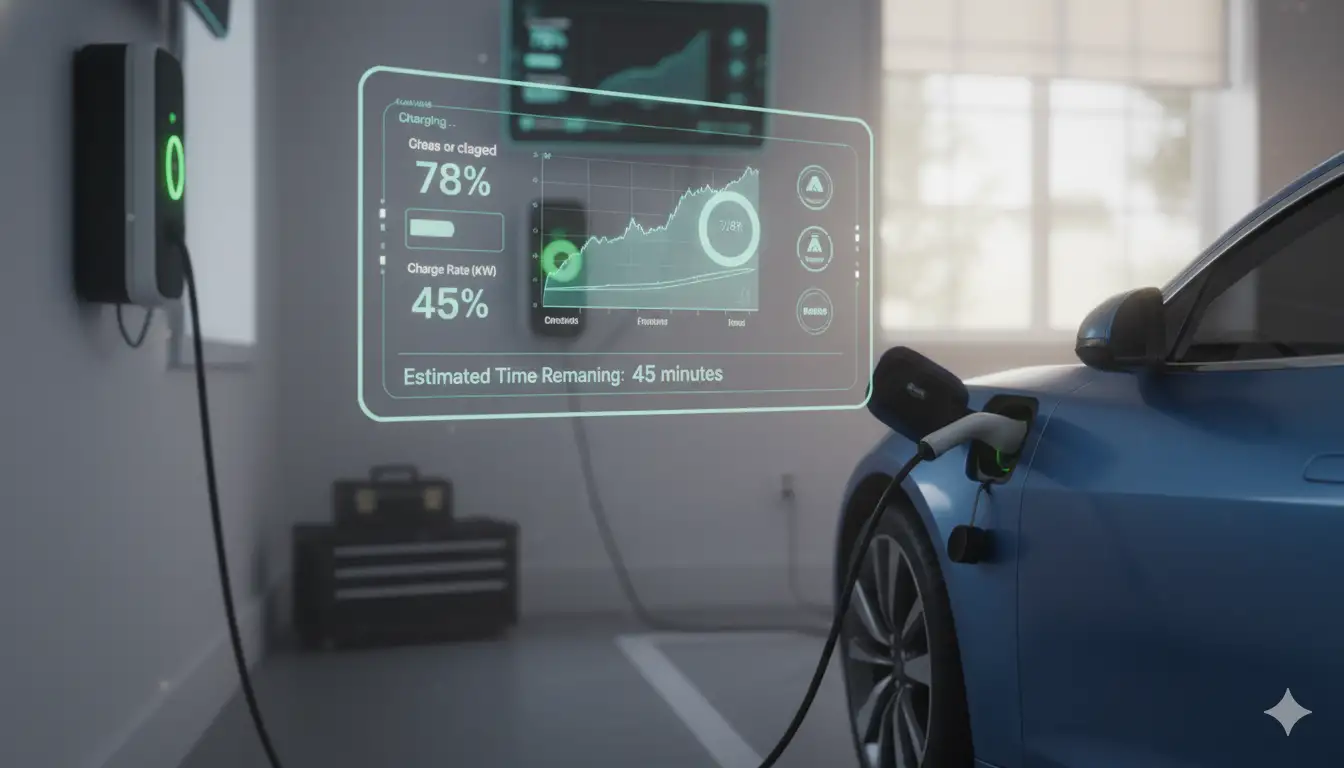
Key Takeaways
- Charging time varies dramatically by amperage: 2 amps (24-30 hours), 10 amps (5-6 hours), 20 amps (2-3 hours)
- Smart chargers prevent overcharging through automatic mode switching and are worth the $75-$200 investment
- Driving charges batteries slowly – 4-8 hours of highway driving for significant charging, rarely reaching 100%
- Battery type matters: AGM charges faster but requires precise voltage, while flooded batteries tolerate more aggressive charging
- Temperature affects charging time: 35-50% longer at freezing, requiring voltage adjustments above 90°F
- Overcharging risks include explosion from hydrogen gas, thermal runaway, and reduced battery lifespan
- Emergency fast charging works but damages batteries – use sparingly and follow with proper slow charging
Decision Path / Next Steps
Immediate Assessment:
- Check battery voltage with multimeter (12.6V = full, <10.5V = likely damaged)
- Inspect for bulging, leaking, or corrosion indicating replacement needed
- Determine battery type (flooded/AGM/gel) from label for proper charger settings
Charging Method Selection:
- Dead battery, have time: Use 2-amp trickle charge for 24-48 hours
- Need car tomorrow: Use 10-amp for 6-8 hours overnight
- Emergency only: 20-amp for 2-3 hours, then switch to slower rate
- Long-term storage: Invest in battery tender/maintainer
Safety Protocol:
- Charge in ventilated area only
- Remove jewelry and use eye protection
- Connect positive first, negative to ground last
- Never charge frozen or damaged batteries
When to Seek Help:
- Battery won’t accept charge after 12 hours
- Visible damage or leaking
- Battery over 4 years old and repeatedly dying
- Unsure about battery type or proper settings
Frequently Asked Questions
Can I leave a battery charger on overnight?
Is it better to charge a battery at 2 amps or 10 amps?
How long does a car need to run to charge a dead battery?
Will a completely dead battery take a charge?
Can you overcharge a car battery with a trickle charger?
Why won’t my battery hold a charge after charging?
References
- AutoZone. (2024). How Long to Charge a Car Battery with a Charger? https://www.autozone.com/diy/battery/how-long-charge-car-battery
- Interstate Batteries. (2023). How Long You Have to Drive to Charge Your Car Battery. https://www.interstatebatteries.com/blog/how-long-drive-charge-car-battery
- CTEK. (2024). How long does it take to charge a 12V car battery? https://www.ctek.com/how-long-charge-12v-battery
- QuikRev. (2025). Best Car Battery Charger For Dead Batteries. https://www.quikrev.com/best-car-battery-charger-dead
- Power-Sonic. (2025). Flooded Batteries vs AGM Batteries: Understanding the Differences. https://www.power-sonic.com/blog/flooded-vs-agm-batteries
- Battery Tender. (2025). FAQ’s and support – Battery Tender. https://www.batterytender.com/faqs-support
- Renogy. (2025). How Long to Drive to Charge Car Battery. https://www.renogy.com/blog/how-long-drive-charge-car-battery
- Large Battery. (2025). Is It Safe to Leave a Car Battery Charger Connected Overnight? https://www.large-battery.com/battery-charger-overnight-safety
- Tycorun Energy. (2025). Overcharging Battery — Risks, Damage, And Prevention Tips. https://www.tycorunenergy.com/blogs/news/overcharging-battery
- Varta Automotive. (2024). Charging car batteries. https://www.varta-automotive.com/en/battery-knowledge/charging-car-batteries

I am a senior automotive analyst at Autvex. Expert vehicle evaluations, in-depth reviews, and objective analysis helping readers make informed automotive decisions with years of industry experience.

